The question was: “what if every single plant could be monitored and given exactly the nutrition it needed?” Well, looks like if this is the case, great things could happen. Here’s why.
A new Alphabet ventures
There is no need to introduce them anymore, Alphabet is a giant that seem to tackle just about every issue on the planet. Yesterday only, we wrote about Waymo, their new autonomous car system. Today, we change industry to find yet another disruptive model. It only makes me wonder about if our economy will be detained by 4-5 powerful companies in a near future. But that’s not the subject of the article, so let’s dive deep in the matter.
Earlier this week, X the Moonshot Factory – owned by Alphabet – announced that they were launching their new computational agriculture project called “Mineral.” The Mineral team has spent the last several years thinking, designing, developing and testing a wide range of software and hardware prototypes. They took advantage of cutting edge technology such as artificial intelligence, simulations, sensors, robotics and machine learning to find the best solution to our food shortage issue.
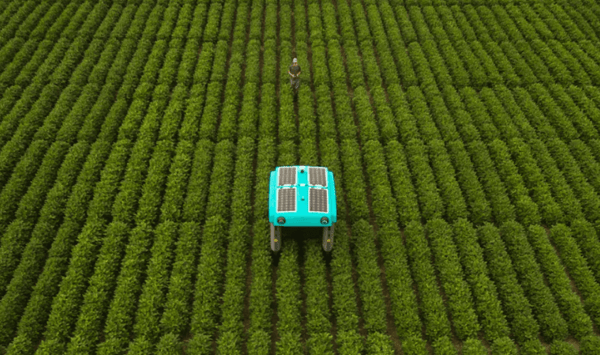
Source: X's website
The issue to be solved
With the age of agriculture, humanity has done its best to grow as much crops as possible in order to feed the growing population. At some point, we had no choice but to standardize our food and the way we grow it. We focused on the few crops which had the highest yield such as wheat, rice, maize, growing them in a uniformed way: same place, same chemicals, sunlight and water doses. While we did succeed in optimizing for the highest productivity, we did not see some risks coming.
Such uniformed harvests and food supply are very vulnerable to climate change, pests and diseases. If you have thousands of acres of a single crop, one plant gets sick and the whole harvest can go to ruins. In addition, we can see that many soil nutrients are depleted, as our soils were not made to grow one single crop over and over again. For example, the extreme cultivation of soybeans can make a soil totally unfertile in a matter of years.
With a soil that’s abusively drained, the food becomes less nutritive and the productivity decreases. By wanting to make more, we are making less, cutting our most precious food reserves when the population has never had such a high growth rate. Not only that, we must also add that climate change are disrupting many farmlands, leaving food growers harmless. The soils are dying, the climate is changing, the food will be missing. “To feed the planet’s growing population, global agriculture will need to produce more food in the next 50 years than in the previous 10,000 — at a time when climate change is making our crops less productive,” reads the new Mineral website. See the issue here?
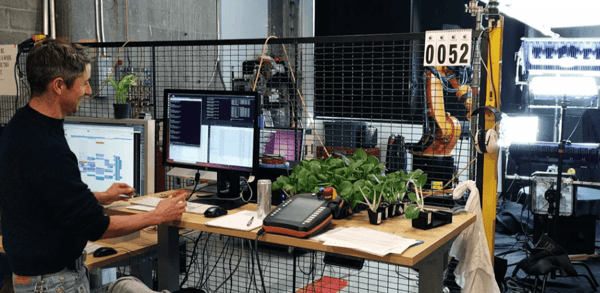
Source: X's website
X’s latest project: Mineral
The latest project of Alphabet’s harvesting venture is called Mineral. Their goal is to tackle the question of sustainable food production and large-scale farming and to see how humanity could grow more food without killing its resources.
There are over 30’000 edible plants species on the planet. Through a careful study, we must be able to find species that show resilience and resistance, even under the constraints of climate change. X is convinced that, by understanding plants on a deeper level – what they need, how they grow, what nutrients do they need and bring –, we could save a lot on resources such as chemicals and fertilizer, and maybe even more important: water. However, growers today are burdened with hundreds of decisions every day, decisions which they have to take without being equipped with the best tools. Although they have some information about the weather and their soil, it is often not enough and not representative of agriculture’s full complexity.
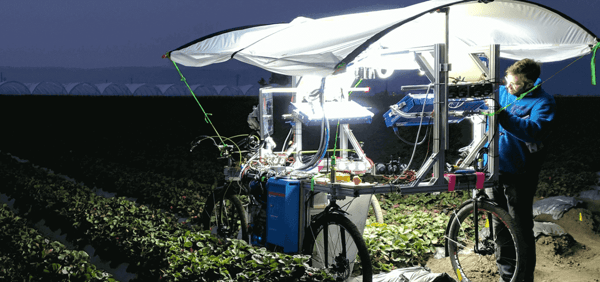
Source: X's website
Mineral proposes to find a way to understand weather patterns, growth cycles and the life of plants better in order to grow more efficient crop, which will feed Earth’s growing population. Where the company AppHarvest tries to construct the best closed climates to grow food, X takes a different approach by setting the right combinations of crops in the right environments.
The name “Mineral” is a homage to all the invisible minerals who play a crucial role in the food chain. They call them the “invisible” link connecting us with plants and soil. X reminds us on their website that minerals such as zinc, iron and magnesium cannot be synthetized in our body, although we need them to live. The only way for us to get these essential minerals is by eating plants, or animals eating these plants. We are so dependent of the quality of our soils, and it would be a deadly mistake to forget it.
The machine
We talked about the idea, but how does it translate in terms of hardware? The first tool of the company is a four-wheel roller prototype – or as some people call it, “a crop sniffing buggy” – which studies crops, soil and many other environmental factors using a mix of cameras and sensors. The company then mixes this data with weather information and satellite imagery. Computing this with the help of machine learning and artificial intelligence, they can build predictive models about how the plants will grow.
The prototype has already worked on and showed promising results studying soybeans in Illinois and strawberry fields – no Beatles reference here – in California. To date, the team has also been working on many other crops such as melons, berries, lettuce, oilseeds, oats and barley, accompanying their life from sprout to harvest.
The buggy is powered by solar panels – of course – and there are multiple configurations possible adapted to the different types of plants. The machine’s GPS, cameras and perception tools help it identify issues in the field and analyze plant’s traits.
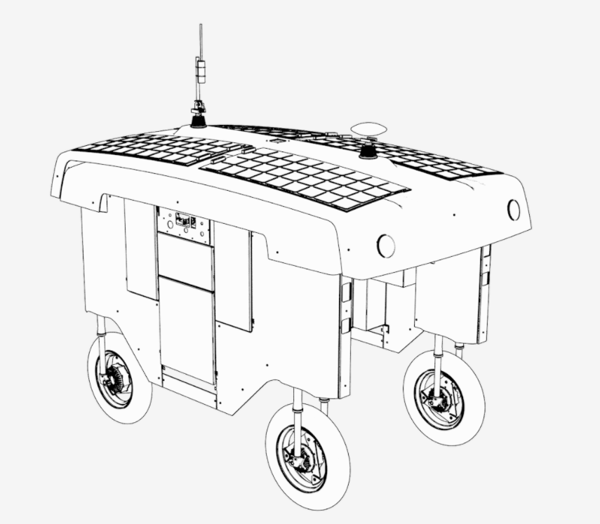
Source: X's website
What’s next?
The Mineral team wants to collaborate with more and more plant breeders and growers – whether they be farmers or agricultural experts – that could help them come up with new ideas and disruptive solutions. We can expect a lot from the project and its ambitions are as high as our expectations: “Just as the microscope led to a transformation in how diseases are detected and managed, we hope that better tools will enable the agriculture industry to transform how food is grown,” explains Dr. Grant, serial entrepreneur in the agriculture industry. “Over the last few years my team and I have been developing the tools of what we call computational agriculture, in which farmers, breeders, agronomists, and scientists will lean on new types of hardware, software, and sensors to collect and analyze information about the complexity of the plant world.”
Grant then asks questions that translate the vision of the company: “What if every single plant could be monitored and given exactly the nutrition it needed? What if we could untangle the genetic and environmental drivers of crop yield? What if we could measure the subtle ways a plant responds to its environment? What if we could match a crop variety to a parcel of land for optimum sustainability?” Well, if we’re able to do all this – as the company plans to – it might be one of the most disruptive changes in human’s history. Solving the food issue looks like quite a noble deed, does it not?
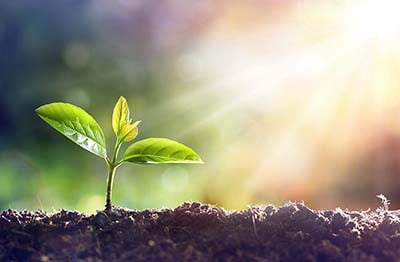
Sources:
Alphabet’s latest X project is a crop-sniffing plant buggy, in the Verge
Mineral: Bringing the era of computational agriculture to life, in Medium
‘Mineral’ is X’s ‘computational agriculture’ moonshot focused on increased, sustainable food production,in 9to5Google
Alphabet's X lab announces "Mineral" project to increase sustainable food production, in TechXplore





